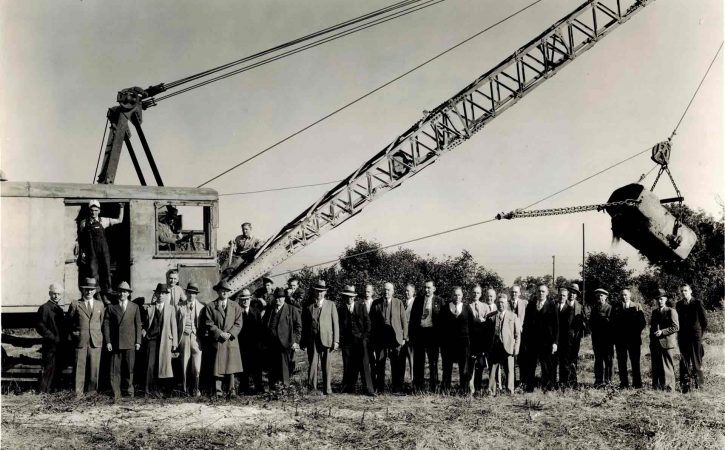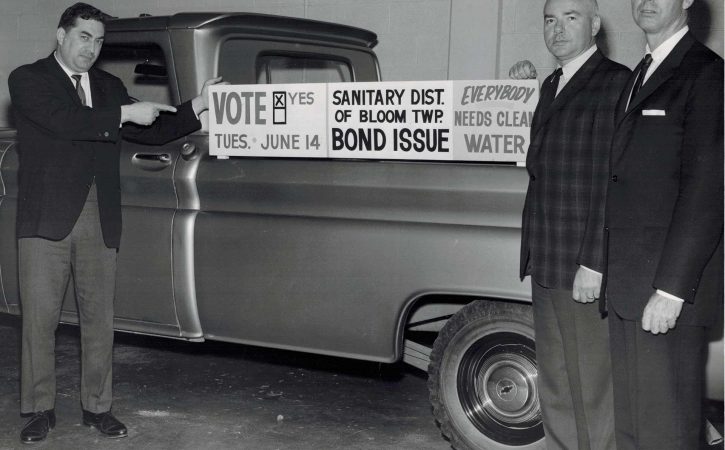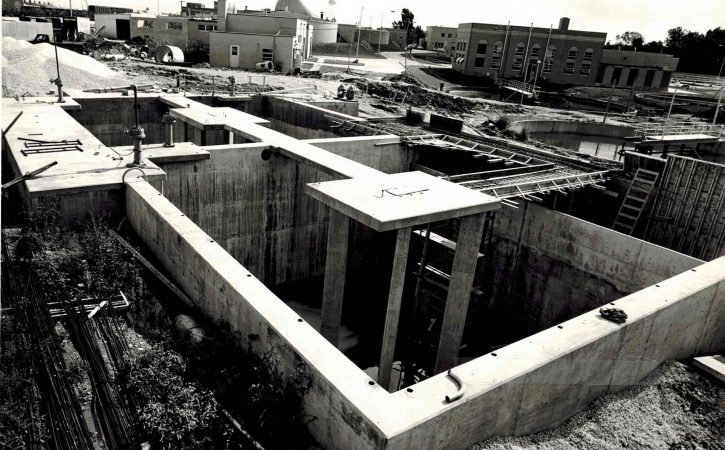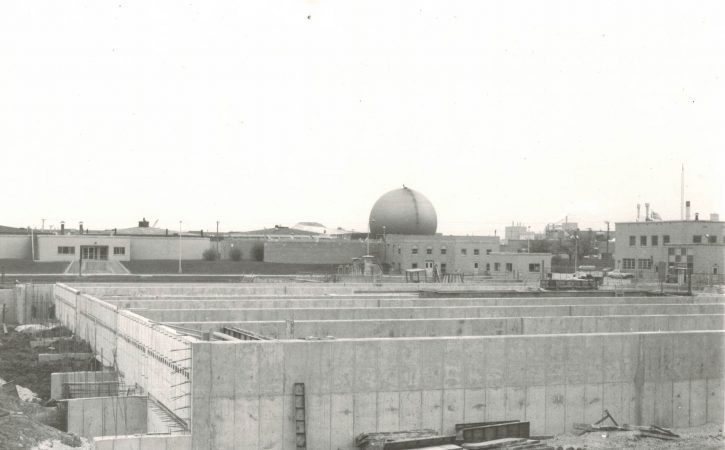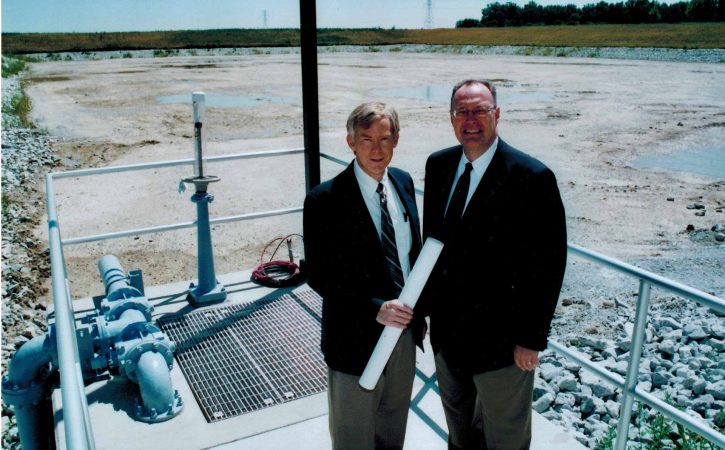1928 – Where It All Started
The Thorn Creek Basin Sanitary District, originally known as The Sanitary District of Bloom Township, includes six municipalities: Chicago Heights, South Chicago Heights, Homewood, Park Forest, Crete and Steger; in four townships: Bloom, Rich, Monee and Crete; in two counties: Cook and Will.
The Sanitary District’s beginning dates back to April, 1928, when the Cook County Court was successfully petitioned for the formation of the District. The first Trustees were appointed June 25, 1928. The District’s incorporation was approved in accordance with the State of Illinois statutes established in 1917.
E. Harry Ashdown was appointed District Engineer in 1928 and served until 1936.
As originally formed, the District’s general boundaries were: Torrence Avenue on the east; Glenwood-Dyer, Glenwood-Lansing Roads on the north; Western Avenue on the west; and the Cook-Will County line on the south. In the ensuing years, some of the original areas disconnected from the District; certain areas returned and new areas were annexed.
Prior to the Sanitary District’s formation, the area’s first wastewater treatment, and one of the first municipal treatment plants in Illinois, was built on the main plant site in 1907 by the City of Chicago Heights. Originally constructed as a Cameron septic tank and contact bed, it was converted to an Imhoff tank and trickling filter treatment plant in 1921. The filter treatment plant could service a capacity of 18,000 people.
1933
After the formation of the Sanitary District, funds became available by late 1933, to construct an activated sludge treatment plant. It was built and placed into operation in January, 1937.
1936
On October 5, 1936 Walter L. Ashdown was appointed as Superintendent of the District.



